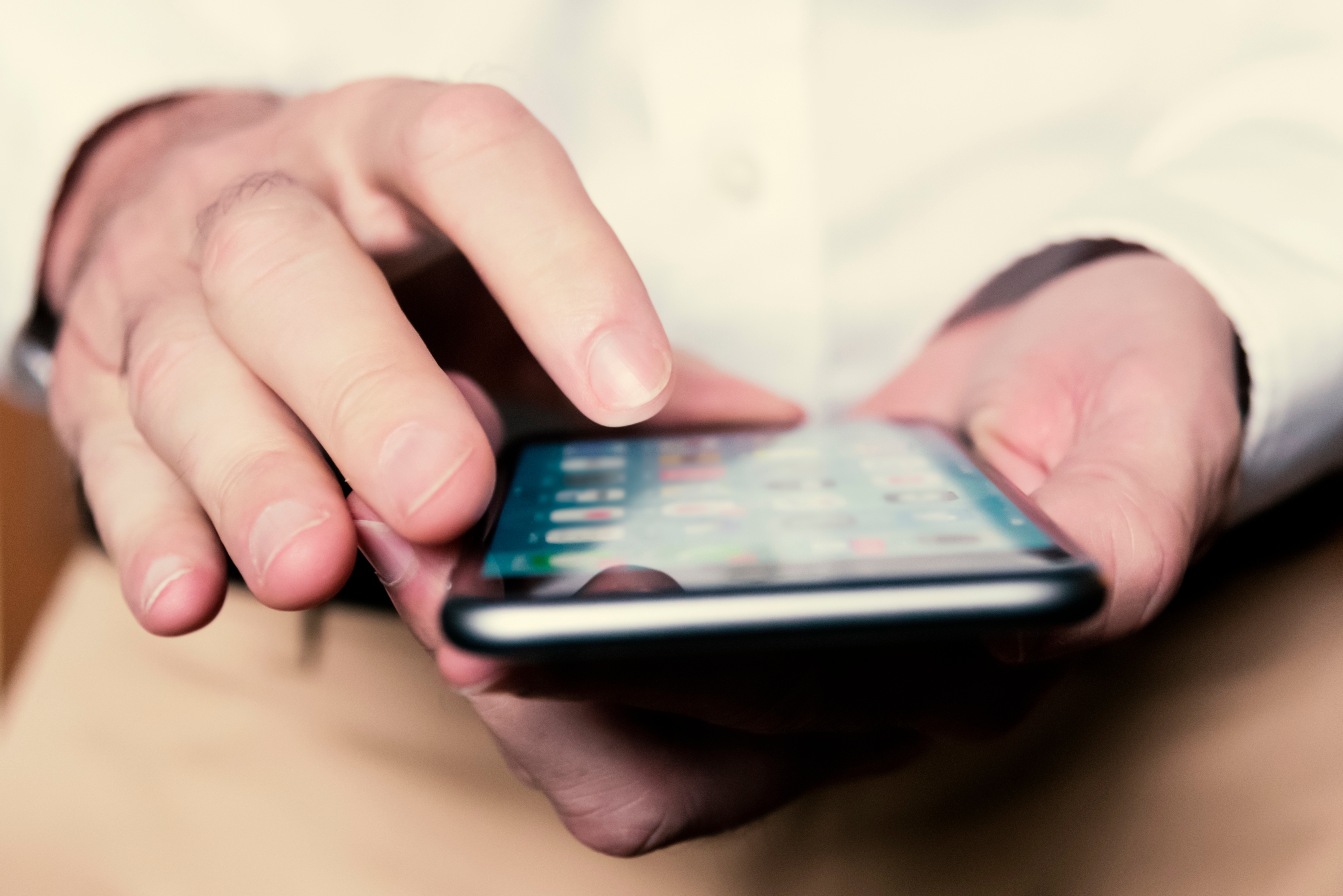Alerting Devices For Deaf and Hard of Hearing Individuals
Learn about alerting devices for deaf and hard of hearing individuals, their significance, advantages, and check out our selection of the best devices!

From the familiar chime of a doorbell to the urgent blare of emergency alarms, many of life’s most important signals are auditory. For individuals who are deaf or hard of hearing, staying connected to these cues presents unique challenges. That’s where alerting devices and modern accessibility tools come in.
What are Alerting Devices?
Alerting devices are designed to alert deaf or hard of hearing individuals to various environmental sounds, mainly using one or more of these types of signals:
- Visual: A bright flashing light
For example, a wall-mounted light flashes brightly when the doorbell rings or the smoke detector is triggered.
- Vibrotactile: A vibrating or shaking component
For example, wearable devices, such as a smartwatch with a vibrating motor, that notifies the user of incoming calls, messages, or alarms.
- Auditory: increased volume and use of lower frequency sounds
For example, a bedside alarm clock with adjustable volume and tone settings gradually increases the volume and uses lower frequency sounds to wake up a hard of hearing individual.
- Smartphone alerts: Sent to yourself or people you choose
For example, customized smartphone alerts, such as text messages or vibrations, for events like doorbell rings, fire alarms, or important notifications.
Many modern systems now combine multiple alerts for better effectiveness, creating a visual and tactile alert system that ensures nothing important is missed.
Latest Technology in Alerting Devices
Some of the most popular and practical alerting devices include:
Modern Accessibility Tools
Today, accessibility isn’t limited to flashing lights or loud buzzers. Now, apps like Nagish represent a new generation of assistive technology.
This visual and tactile alert system works through a smartphone app, delivering real-time captions of phone calls and enabling users to read and type during conversations. Nagish also includes a Live Transcribe feature that can transcribe live announcements in real-time—whether it’s a gate change at the airport, an overhead announcement at a train station, or an intercom message in a building.
By transforming smartphones into communication hubs, Nagish offers a discreet, convenient solution that empowers independence.
Baby cry signaler:
A baby cry signaler is a valuable tool for parents, contributing to their infants' and toddlers' safety and overall well-being. This alerting device operates by signalling whenever it detects sounds, such as a baby's cries. Some models come equipped with sensitivity adjustments, allowing users to customize the device to match the specific intensity of the sound levels they wish to monitor.
.png)
Smoke, fire, and carbon monoxide detector:
Having a smoke detector in place is one of the simplest safety strategies to prevent harm and risk from fires and exposure to carbon monoxide. For people who are deaf or hard of hearing and may not be able to hear standard smoke detector alarms, these detectors include strobe lights and vibration to provide visual and tactile cues in case of fire or the presence of carbon monoxide.
.png)
Doorbell signaler:
Doorbell signalers play a crucial role in alerting individuals when someone is at their doorstep, and they offer versatility by functioning with or without an existing doorbell system. The most advanced models emit visual signs and audible and vibrating notifications.
Through smartphone integration, these devices provide live video feeds of the doorstep area, allowing users to see visitors in real-time. This live feed feature not only adds a heightened level of security but also enhances the overall accessibility of the doorbell signaler, offering users the ability to stay connected with their home even when they are not physically present.
.png)
Telephone signaler:
Telephone signalers alert when the phone is ringing with a loud phone ringer with a strobe light. Some signalers plug into the telephone line and electrical outlet. Other signalers are attached to the side of the telephone. Some common features include loud ringers, sometimes up to 120dB, vibration settings, optional bed shakers, battery backups in case of power outages, and unique, bright flashing lights.
.png)
Alarm Clock Signaler:
Conventional alarm clock sounds may not be effective for waking up deaf or hard of hearing individuals. To address this challenge, alarm clock signalers have built-in strobe lights and vibrating alerts, including bed shakers. While smartwatches equipped with vibration settings may suffice for some, it's worth noting that in certain instances, their intensity may not be adequate to rouse individuals from sleep.
.png)
Weather Alert Signaler:
Weather alert signalers are safety devices that provide timely warnings about approaching storms or other potentially disastrous weather conditions.
A weather alert system typically consists of a primary alerting device that can function independently or with additional accessories for heightened awareness. These supplementary accessories may include powerful strobe lights, which enhance visibility, and bed-shakers that provide tactile feedback.
.png)
Smartphone Flash for Alerts:
Some smartphones, such as iPhones, can be set to announce incoming calls and other alerts by flashing their LED light. Go to Settings > Accessibility > Audio & Visual, then turn on LED Flash for Alerts.
.png)
Smart Homes:
An advanced automation setup for those on the tech lovers' side.
Smart home environments offer a range of smart home automation possibilities that can be particularly beneficial for people who are deaf or hard of hearing. By setting up automation with flashing lights, you can receive visual notifications for various events at home, such as doorbell notifications and security systems.
Smart home systems allow for customization, ensuring that notifications are delivered in the most effective and comfortable way to live more independently.
.png)
Conclusion
When it comes to alerting devices for deaf and hard of hearing individuals, there’s a wide range of products to choose from. Many devices are available to increase the convenience and security of your main living space.
Alerting devices such as baby signalers, telephone signalers, alarm clock signalers, and others are great, and integrating them with smart home technology allows for greater control. From adjusting thermostats to turning off lights or answering the door through a smartphone app, life can become more pleasant and easy to manage.














